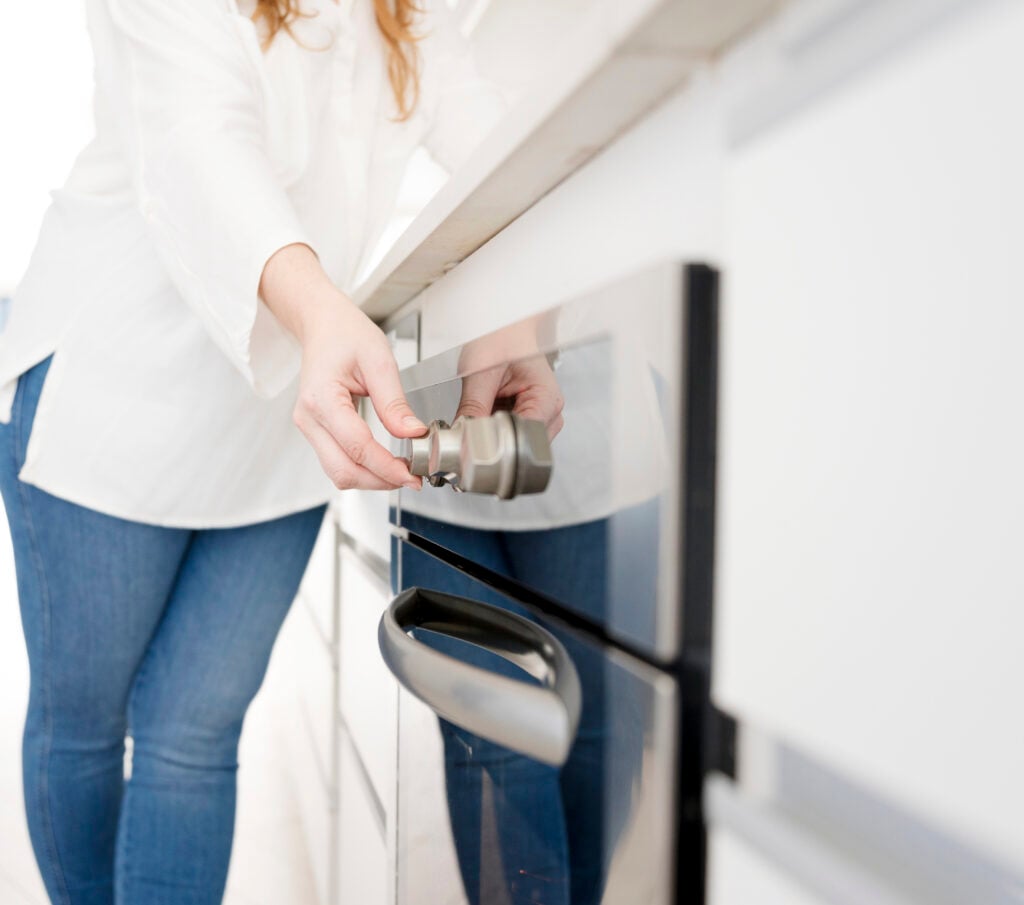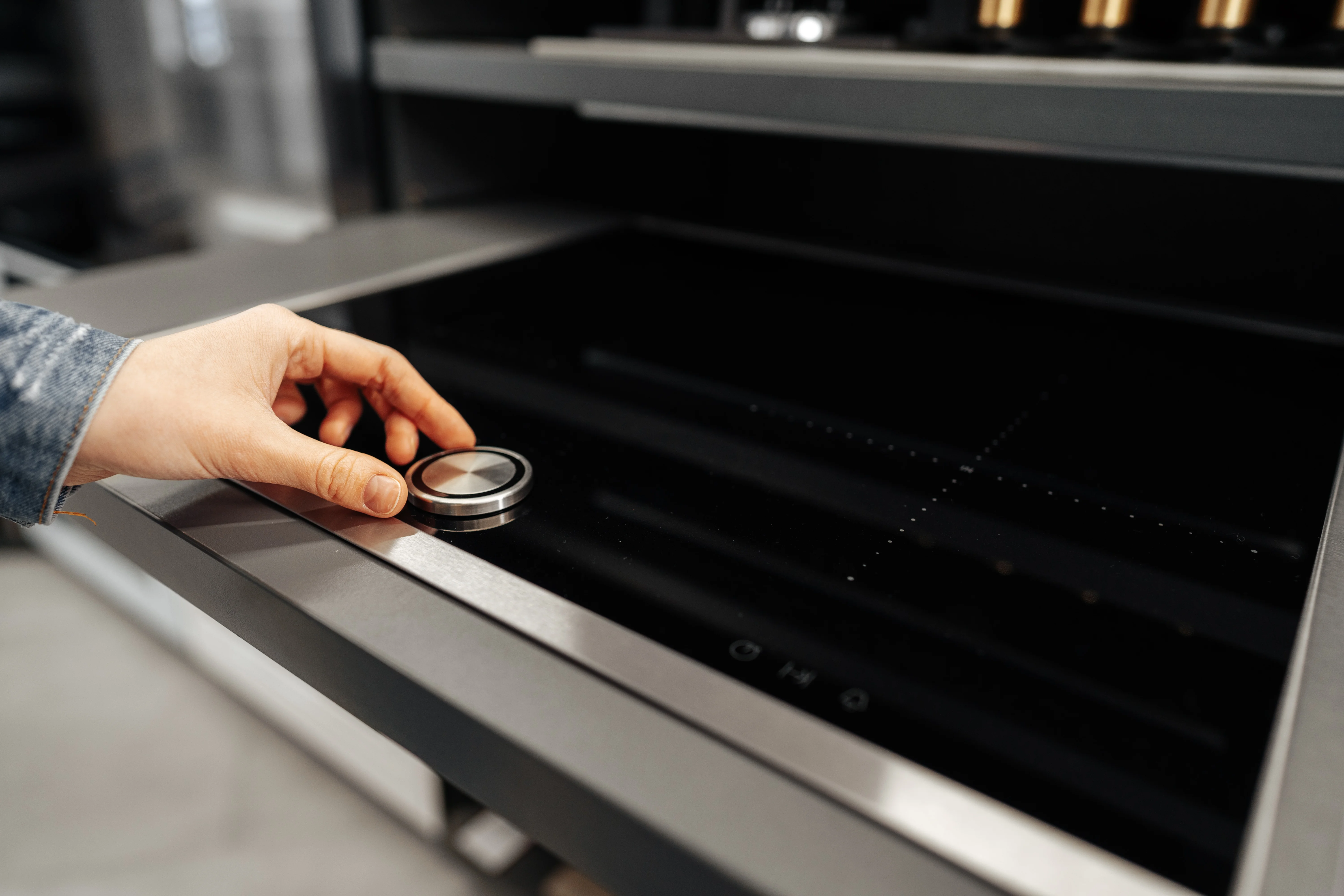Expert Tips for GE Microwave Problems Troubleshooting
GE microwaves are a staple in many kitchens, known for their reliability and performance. However, like any appliance, they can encounter issues from time to time. Whether it’s a microwave that’s not heating, malfunctioning display, or strange noises, GE microwave problems can disrupt your day-to-day activities. That’s why it’s essential to have a comprehensive understanding of GE microwave problems troubleshooting. This article will guide you through common issues and provide expert solutions for a quick fix.
Key Takeaways
- GE microwave problems troubleshooting involves checking for issues like power loss, faulty magnetrons, door switch problems, and control board failures.
- Common issues such as a microwave not heating or turning on can often be fixed by checking the power source, replacing the fuse, or inspecting the control board.
- If the turntable isn’t spinning or your microwave is cooking unevenly, the issue could be a faulty motor, dirty tracks, or incorrect power settings.
- For display problems, check for error codes and inspect the control board and wiring.
Understanding Common GE Microwave Problems
Before diving into the GE microwave problems troubleshooting steps, it’s helpful to understand the common issues that can affect your appliance. While GE microwaves are known for their durability, various factors can lead to malfunctions. These problems can range from electrical issues to mechanical failures, and they often manifest in different ways.
Some of the most common GE microwave problems include:
- Power failure: The microwave may not turn on, or it may show no signs of life.
- Uneven heating: Sometimes, your microwave heats food on one side but leaves the other side cold.
- Noisy operation: A microwave may start making strange buzzing or rattling noises, which could indicate an issue with the motor or fan.
- Turntable failure: The turntable may stop spinning, leading to uneven cooking or heating.
- Display errors: The microwave’s control panel may malfunction, showing error codes or becoming unresponsive.
- Microwave not cooking at all: Even though the microwave is turning on, it might fail to generate heat, leaving food uncooked.
By understanding the common problems, you’ll be better prepared to tackle each troubleshooting step efficiently. Whether you’re dealing with a minor glitch or a more complex issue, these tips will help guide you through the process of identifying the root cause of your GE microwave repair needs.
1. GE Microwave Power Issues: Troubleshooting the Cause
One of the most common issues with GE microwaves is power failure. If your microwave isn’t turning on or is unresponsive, it’s usually due to power-related problems. Here are the key things to check:
Check the Power Source
First, ensure that the microwave is plugged in and the outlet is functional. You can test the outlet by plugging in another appliance. If the outlet works but your microwave doesn’t, the issue might lie within the microwave itself.
Check the Microwave Fuse
Microwaves have internal fuses that protect them from power surges. If your microwave is receiving power but not turning on, the fuse might be blown. As part of GE microwave problems troubleshooting, replacing the fuse is a simple fix, but if you’re unsure, it’s best to contact a professional technician.
Inspect the Control Board
A malfunctioning control board could also cause power problems. If the control board isn’t receiving power, it won’t send the necessary signals to turn the microwave on. Inspecting and replacing the control board may require professional help from Smart Appliance Services.
2. GE Microwave Not Heating: Causes and Fixes
Another frequent GE microwave problem is the lack of heating. A microwave that doesn’t heat can be frustrating, as it renders the appliance nearly useless. Here’s how you can troubleshoot:
Faulty Magnetron
The magnetron is the heart of the microwave, generating the microwaves that cook your food. If it’s defective, your microwave won’t heat. Unfortunately, replacing the magnetron is not a simple DIY fix and often requires professional service.
Broken High-Voltage Diode
The high-voltage diode controls the flow of electricity to the magnetron. If it breaks, your microwave may still turn on but won’t heat. This issue can be diagnosed with a multimeter to check for continuity, and replacement is relatively straightforward.
Door Switch Problems
Microwaves won’t operate unless the door is fully closed and the door switch is activated. If the door switch is faulty, the microwave might not heat. Replacing the door switch is an affordable fix that you can do yourself if you’re comfortable working with electrical components.

3. Microwave Not Turning On: What to Do
If your GE microwave is not turning on, don’t panic. There are several possible causes, and many can be fixed with some basic troubleshooting steps:
Check the Fuse and Circuit Breaker
A blown fuse or tripped circuit breaker could prevent your microwave from turning on. If the circuit breaker has been tripped, reset it. If the fuse has blown, it needs to be replaced.
Test the Control Panel
Sometimes, the issue might be a faulty control panel. As part of GE microwave problems troubleshooting, if the control board is malfunctioning, it may not send the necessary signals to power on the microwave. You might need to replace the control board or call a professional technician for a more thorough diagnosis.
Inspect the Power Cord
A damaged or frayed power cord can also cause the microwave to lose power. If you notice any visible damage to the cord, it may need to be replaced.
4. GE Microwave Problems with Display: Troubleshooting the Issue
A common problem that many users face is issues with the microwave’s display. This can range from error codes to a blank screen. Here’s how to address display issues:
Error Codes
Microwaves are equipped with an error code system that alerts users to specific problems. If you see an error code on your GE microwave, refer to the user manual to identify the issue. Common error codes are related to door switch malfunctions, control board issues, or problems with the magnetron.
Display Not Working
If the display is blank or malfunctioning, it could be due to a faulty control board or a broken connection between the display and the microwave’s circuit. You can check for any loose wiring or connections, but if the issue persists, it’s best to contact a professional for repairs.
5. GE Microwave Issues with Turntable Not Spinning
The turntable inside your GE microwave ensures even cooking by rotating your food. If the turntable isn’t working, it may lead to uneven cooking. Here’s how to fix it:
Check the Turntable Motor
The turntable motor is responsible for rotating the glass tray. If the motor is faulty, the turntable won’t spin. Replacing the motor is usually a straightforward repair that you can handle yourself.
Clean the Turntable Tracks
Dirt or debris on the turntable tracks can prevent it from rotating smoothly. Clean the tracks and the glass tray to ensure the turntable works properly.
Inspect the Drive Coupling
The drive coupling connects the motor to the turntable. If it’s broken, the turntable won’t spin. Replacing the drive coupling is a simple task that can restore your microwave’s functionality.
6. GE Microwave Problems with Uneven Cooking
If your GE microwave is cooking food unevenly, there are several troubleshooting steps you can take to improve performance:
Check the Power Settings
Ensure that the microwave is set to the correct power level for the food you’re cooking. Lower power settings may result in uneven cooking, while higher settings can cause food to cook too quickly on the outside while remaining cold inside.
Inspect the Turntable
As mentioned earlier, a malfunctioning turntable can result in uneven cooking. If the turntable isn’t working properly, it’s important to address the issue before continuing to use the microwave.
Check the Microwave’s Magnetron
The magnetron is responsible for emitting the microwaves that heat your food. If it’s faulty, it can result in uneven heating. In some cases, replacing the magnetron may be necessary.
Final Thoughts
Knowing how to troubleshoot GE microwave problems can save you time, money, and hassle. While some issues are simple to fix on your own, others may require professional microwave repair in Tampa Bay Area or replacement of internal components. By following the tips outlined in this article, you can resolve most common issues quickly and get your microwave back in working order.
FAQ
Why is my GE microwave not heating my food?
The most common reasons are a faulty magnetron, high-voltage diode, or a malfunctioning door switch. You may need to replace one of these components to restore heating functionality.
How do I fix my GE microwave display if it’s not working?
Check for any error codes in the user manual, inspect the control board, and ensure all wiring is properly connected. If the issue persists, replacing the control board may be necessary.
What should I do if my GE microwave turntable is not spinning?
Inspect the turntable motor, clean the turntable tracks, and check the drive coupling for damage. If any part is faulty, replace it to restore the turntable’s functionality.
